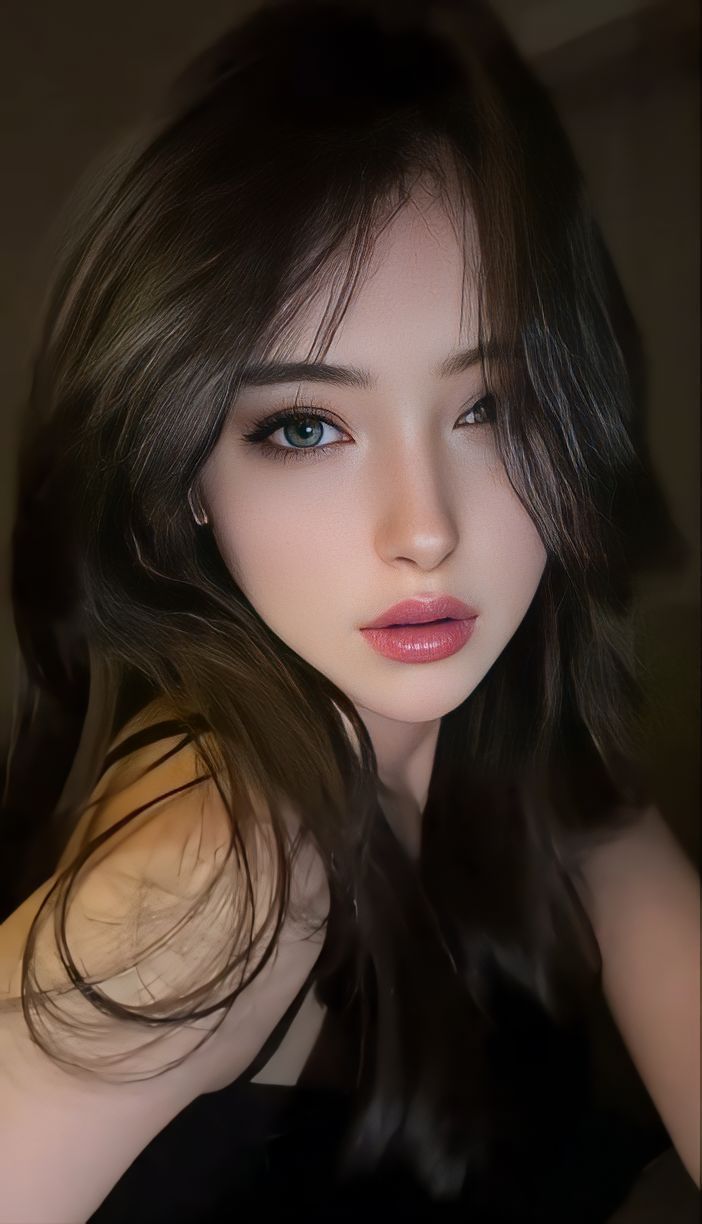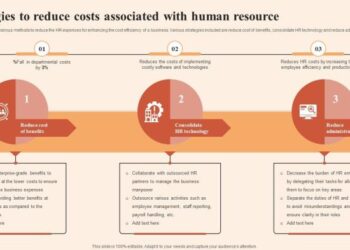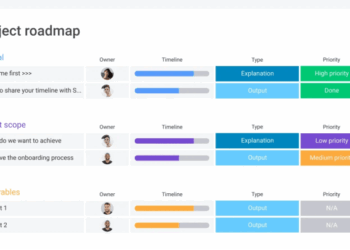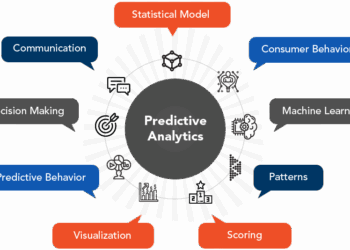Embark on a journey through the world of Smart Beauty: How AI Models the Ideal Woman in Different Cultures, where technology and cultural norms intersect to redefine beauty standards across the globe.
Delve into the fascinating realm of AI modeling and its impact on shaping our perceptions of beauty in diverse societies.
Definition of Smart Beauty
Smart Beauty refers to the use of Artificial Intelligence (AI) technology to model and define beauty standards in various cultures around the world. AI models analyze vast amounts of data to identify common features and characteristics that are considered attractive or beautiful in different regions.
Examples of AI Models Defining Beauty Standards
- Facial Recognition: AI models can analyze facial features such as symmetry, proportions, and skin tone to determine beauty standards in specific cultures.
- Body Shape Analysis: AI algorithms can evaluate body shapes and sizes to understand the ideal beauty standards in different societies.
- Hair and Makeup Trends: AI models can track trends in hair styling, makeup techniques, and fashion choices to define beauty norms in various regions.
Impact of AI Modeling on Beauty Perception
AI modeling has a significant impact on the perception of beauty worldwide by influencing how individuals perceive attractiveness and ideal beauty standards. These AI models can shape beauty ideals, impact self-esteem, and even contribute to the globalization of beauty standards across different cultures.
As technology continues to advance, the influence of AI on beauty perception is likely to grow, shaping societal norms and beauty ideals in the future.
Cultural Variations in Beauty Ideals
Beauty standards vary significantly across different cultures, and AI models play a crucial role in reflecting these diverse ideals. The way AI defines the ideal woman can be influenced by cultural norms, values, traditions, and historical perceptions of beauty.
Asian Beauty Ideals
In Asian cultures, beauty ideals often emphasize features such as fair skin, slim figures, and delicate facial features. AI models designed for Asian regions may prioritize these characteristics when creating virtual representations of beauty.
African Beauty Ideals
African beauty standards celebrate a wide range of features, including dark skin tones, natural hair textures, and fuller figures. AI models tailored for African populations are likely to highlight these unique attributes in their beauty standards.
Western Beauty Ideals
Western beauty standards typically value traits like clear skin, tall stature, and symmetrical facial features. AI models developed for Western societies may focus on these characteristics when generating images of the ideal woman.
Ethical Considerations in AI Modeling of Beauty
As AI technology becomes increasingly integrated into various aspects of society, including the beauty industry, it is crucial to consider the ethical implications of using AI to model the ideal woman. This raises concerns about biases, stereotypes, and the societal impact of perpetuating certain beauty standards through AI modeling.
Potential Biases and Stereotypes in AI Beauty Standards
When AI algorithms are used to model the ideal woman, there is a risk of perpetuating biases and stereotypes that are present in the data used to train these models
. For example, if historical beauty standards favoring a certain skin color or body type are encoded in the training data, the AI model may inadvertently reinforce these biases, leading to exclusion and discrimination against individuals who do not fit into these narrow beauty ideals.
Societal Impact of Perpetuating Beauty Ideals through AI Modeling
The widespread use of AI to model the ideal woman can have far-reaching societal impacts, influencing how individuals perceive beauty and themselves. By promoting a homogenized version of beauty through AI-generated standards, there is a risk of marginalizing diverse representations of beauty and reinforcing harmful beauty norms.
This can contribute to low self-esteem, body image issues, and a lack of inclusivity in the beauty industry.
Evolution of Beauty Standards through AI
Beauty standards have evolved significantly over time, influenced by various factors such as culture, art, and societal norms. With the advent of AI technology, the modeling of beauty ideals has taken on a new dimension, reflecting a blend of historical beauty standards and modern preferences.
Historical Beauty Standards vs. Modern AI-generated Beauty Ideals
Throughout history, beauty standards have been shaped by different cultures, with each period emphasizing certain features or characteristics as ideal. AI modeling now allows us to compare and contrast these historical beauty standards with the beauty ideals generated by algorithms based on current trends and preferences.
- Historical beauty standards: In ancient civilizations, beauty was often associated with symmetry, balance, and specific physical features that were considered desirable based on cultural beliefs.
- Modern AI-generated beauty ideals: AI algorithms analyze vast amounts of data to identify patterns and trends in beauty preferences, leading to the creation of digitally synthesized beauty ideals that may differ from traditional standards.
- Comparison: By examining historical beauty standards alongside AI-generated beauty ideals, we can gain insights into how perceptions of beauty have evolved over time and the impact of technology on shaping these ideals.
Technology's Influence on the Perception of Beauty in the Digital Age
Technology has revolutionized the way we perceive beauty, with social media platforms, beauty filters, and AI-generated images playing a significant role in shaping beauty standards in the digital age.
- Social media and beauty influencers: Platforms like Instagram have popularized certain beauty trends and aesthetics, influencing how individuals perceive and strive to attain beauty ideals.
- Beauty filters and editing tools: Apps and software offering beauty filters and editing tools allow users to enhance their appearance digitally, creating an idealized version of themselves that may not be reflective of reality.
- AI in advertising and media: AI technologies are increasingly being used in advertising and media to create hyper-realistic images of beauty, blurring the lines between authenticity and artificiality.
Last Point
As we conclude our exploration of Smart Beauty: How AI Models the Ideal Woman in Different Cultures, we are left with a deeper understanding of how artificial intelligence is reshaping beauty ideals worldwide.
Questions Often Asked
How does AI define beauty standards in different cultures?
AI models adapt to cultural norms and values to define beauty standards unique to each society.
What ethical considerations arise from using AI to model the ideal woman?
There are concerns about biases and stereotypes embedded in AI-generated beauty ideals and their societal impact.
How has technology influenced the evolution of beauty standards over time?
Technology, especially AI modeling, has played a significant role in reshaping beauty ideals in the digital age.










